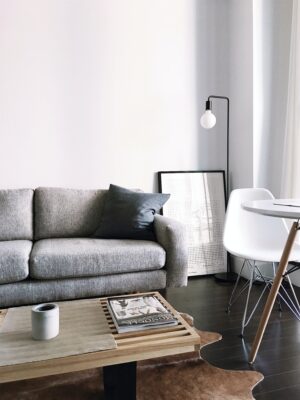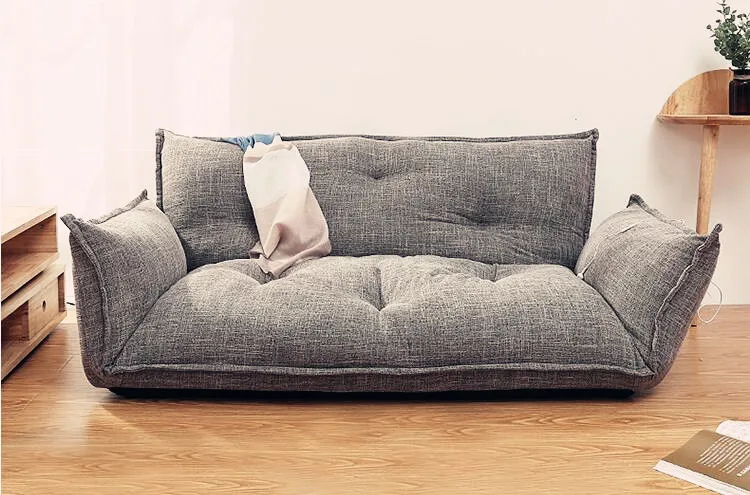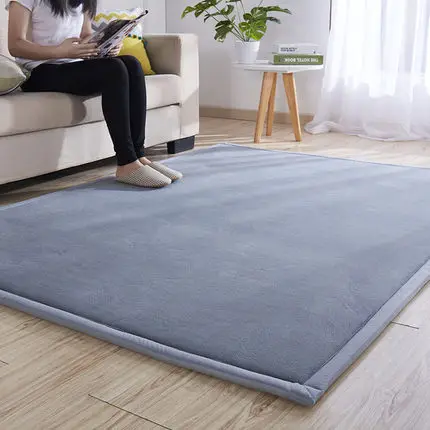Living a minimalist lifestyle goes beyond decluttering and living with less. It’s about designing and creating a living space that’s both functional and peaceful. Whether starting from scratch or just updating your living space, designing a minimalist home is a great way to achieve this balance.
To help you get started, we’ve compiled a list of the top 10 things to consider when designing a minimalistic home. From color schemes to furniture and décor, these tips will help you create a living space that reflects the guiding principles of minimalism.
- A Neutral Color Palette
Minimalism is all about simplicity, and this starts with your colour scheme. Stick to a monochromatic or neutral palette, including whites, greys, and earthy tones. These timeless colours create a calm, uncluttered environment that encourages relaxation and focus.
- Natural Light
Maximize your natural light sources by installing large windows or skylights. Natural light is an essential component of minimalist design, serving as a source of warmth and illumination. It also helps to bring nature indoors, further enhancing the peaceful ambience of your home. - Simple Furniture Pieces
Choose furniture that prioritizes form and function over decoration. Opt for clean lines, smooth surfaces, and minimal embellishment. Consider a Japanese Floor Sofa’s elegant simplicity, combining plush cushioning with a minimalist aesthetic.
- Multi-Purpose pieces
A minimalist home is all about efficiency; multipurpose furniture pieces are the epitome of efficiency. Look for furniture that serves more than one function. For example, consider investing in a Tatami Mat or Tatami Rug, which provides a comfortable floor cushion and stylish wall decoration.
- Quality Over Quantity
When it comes to furniture and décor, less is more. Focus on quality, long-lasting pieces that will withstand the test of time. Investing in quality pieces will save money in the long run, as you won’t have to replace worn-out items as often. - Declutter
Clutter is the enemy of minimalism. Before achieving a minimalist home, you must first declutter your space. Get rid of anything unessential or unused. Be ruthless but fair – if an object no longer serves a purpose, donate it, recycle it, or throw it away. - Texture and Materials
Texture and material are crucial in adding depth and visual interest when working with a neutral colour palette. Consider layering materials such as wood, velvet, and leather to create depth and texture in your space. - Negative Space
Negative space is the void around objects and furniture in your living space. It’s an important component of minimalist design, as it allows the eye to rest and appreciate the simplicity of your space. - Lighting
In addition to natural light, consider adding ambient lighting sources to emphasise the serenity of your space. Consider installing dimmer switches to soften harsh overhead lighting or add a minimalistic lamp to create a cozy and intimate atmosphere.
19600-6948c2.jpg - Uncluttered Surfaces
Simplicity is the key to creating a minimalist living space; few things are simpler than an uncluttered surface. Keep your counters and shelves clutter-free, and only display functional and aesthetically pleasing items.
Designing a minimalist home takes time, effort, and a bit of creativity. But by following these ten tips, you’ll create a living space that is both peaceful and functional. Remember, when in doubt, less is always more!




